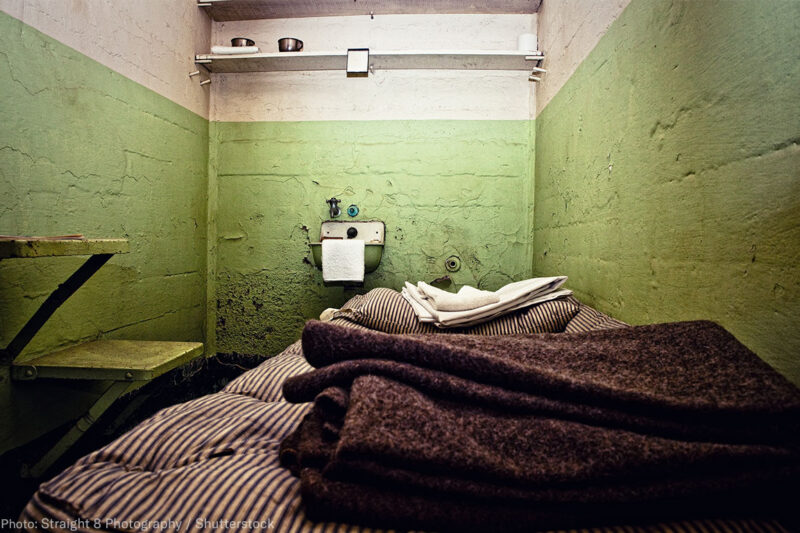
In 2006, Cyntoia Brown was sentenced to life in prison for shooting and killing a 43-year-old man who had picked her up for sex. At the time of the crime, she was 16 years old.
Cyntoia is now in her 20s, and her appeal is pending in the U.S. Court of Appeals for the Sixth Circuit. Last week, after a local Fox 17 news report on her case, celebrities like Rihanna took to social media to condemn the sentence and call for her release. The attention to this case is understandable and justified. Cyntoia had run away from home and was living with a pimp who had raped and abused her. The legal team handling Cyntoia’s appeal says she suffers from an alcohol-related neurodevelopmental disorder, a type of fetal alcohol syndrome that impairs brain development and that more recent testing found her to have the functioning level of a 13 or 14-year-old.
On Aug. 6, 2004, Johnny Allen, aged 43, picked Cyntoia up in his truck for sex and drove her to his home. According to court documents, she thought he was reaching under his bed for a gun so she pulled out a handgun from her own purse and shot him. The jury rejected her claim of self-defense and found her guilty of first degree murder; the trial court sentenced her to life in prison. Under Tennessee law, she won’t be eligible for parole until she has served 51 years in prison.
Cyntoia’s case is appalling and heartbreaking but her experience with the criminal justice system isn’t unique. Thousands of people in the United States are serving life and other extreme sentences for offenses they committed as children.
The United States remains the only country in the world that allows children to be sentenced to life without parole, though recent Supreme Court cases have significantly restricted this practice, reasoning that children age out of criminal activity and have greater capacity for reform. However, the court’s decisions have not meant automatic release for juveniles serving life without parole for homicides nor have they prevented states from sending thousands of children to prison for life with the (increasingly slim) possibility of parole.
The United States remains the only country in the world that allows children to be sentenced to life without parole.
ACLU research has found that in 12 states alone, over 8,000 people are serving a sentence of life or 40 or more years for a crime committed under the age of 18. In Texas, Colorado, and Nebraska, many individuals previously sentenced to juvenile life without parole must serve at least 40 years in prison before they are eligible for parole. In Tennessee, where Cyntoia is incarcerated, people serving life sentences may wait up to 60 years for their first chance for release. Rates for granting parole for people convicted of serious crimes — even if they were juveniles at the time of the crime —are low across the country. In Florida in 2015, for example, only 0.5 percent of juvenile lifers were granted parole. If denied parole, depending on state law, lifers can wait 10 or 15 years — or indefinitely — for another opportunity to seek release on parole.
Some people in the ACLU investigation have served over 40 years in prison; one was only 12 years old at the time of his crime. Like Cyntoia Brown, they were growing up and growing old in prison, waiting for a chance at parole. Sentencing young people to excessively long sentences means that they never get a chance to rebuild their lives, even when they have demonstrated their capacity for reform and rehabilitation.


